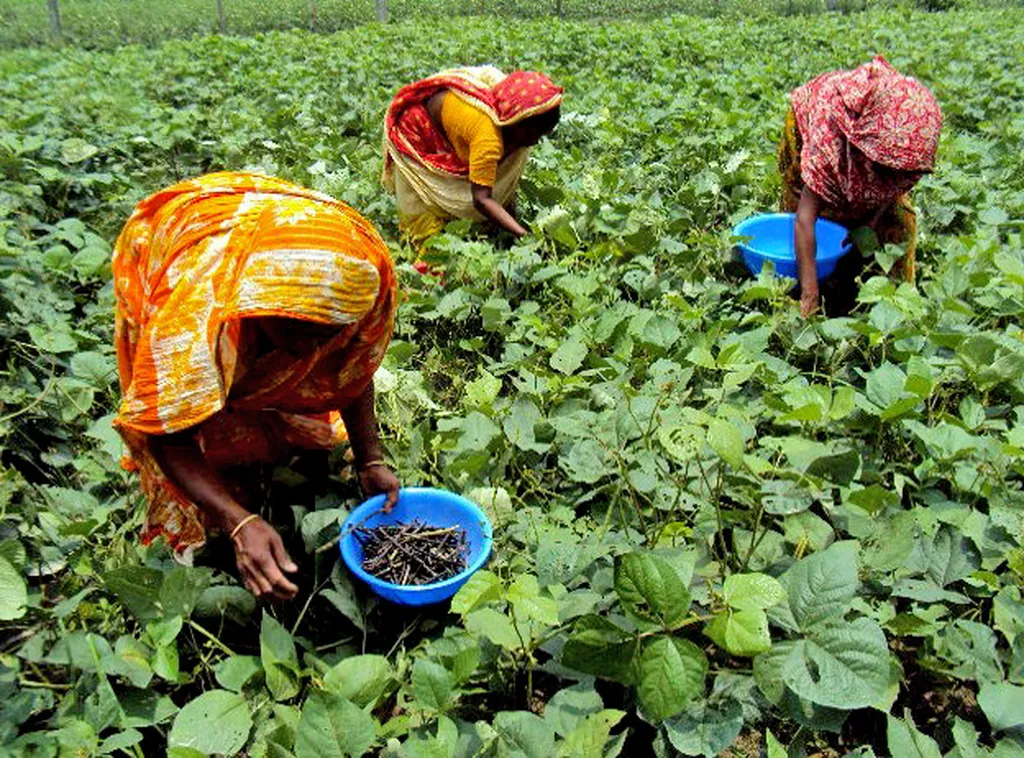In the heart of Bangladesh’s northeastern region, a quiet revolution is taking place, one that could reshape the future of agriculture and food security. Researchers, led by K. K. Islam from the Department of Agroforestry at Bangladesh Agricultural University, have demonstrated that integrating short-duration pulse crops like mungbean into existing rice-based cropping systems can significantly boost food security and farmers’ livelihoods. Their findings, published in the Journal of Agriculture, Food and Environment, offer a promising path forward in the face of climate change and population growth.
The study, conducted in the farmers’ fields of Netrokona and Sunamganj Districts, focused on the potential of climate-smart agriculture (CSA) technology to intensify crop production. By replacing fallow periods with mungbean cultivation, the researchers aimed to maximize land use and enhance farmers’ incomes. The results were striking. “CSA technology substantially increased the total yield of mungbean,” Islam explains, with the BINA-8 variety outperforming others, yielding an impressive 1061 kg/ha in the Sunamganj area.
The benefits of this approach extend beyond mere yield increases. CSA technology, which involves lower tillage, reduced fertilization, efficient irrigation, and the use of crop residues, had a profound impact on soil health and water use. Compared to traditional cultivation systems, it enhanced water infiltration, improved soil nutrient status, and boosted water use efficiency by over 40%. Moreover, the technology contributed to carbon sequestration and reduced greenhouse gas emissions, addressing critical environmental concerns.
The economic advantages are equally compelling. Mungbean plant residues added an average of 4.35 tons per hectare of green mass to the soil, enriching it for future crops. Additionally, the CSA approach saved farmers more than 25% in labor costs, a significant saving that can translate into increased profits and improved living standards.
The implications of this research are far-reaching. In a region prone to disasters and facing intense population pressure, crop intensification with mungbean using CSA technology offers a viable strategy to combat food insecurity and generate income for farmers. As Islam notes, “This approach would be a good way to tackle food security and income generation in disaster-prone areas.”
Looking ahead, the study underscores the need for more intensive research to better quantify the mitigation effects of CSA technology. As the world grapples with the challenges of climate change and food security, such innovations could play a pivotal role in shaping the future of agriculture. By integrating climate-smart practices into existing farming systems, we can not only enhance productivity but also build resilience and mitigate the impacts of climate change. The journey towards sustainable agriculture is complex, but with research like this, the path forward becomes clearer and more promising.

